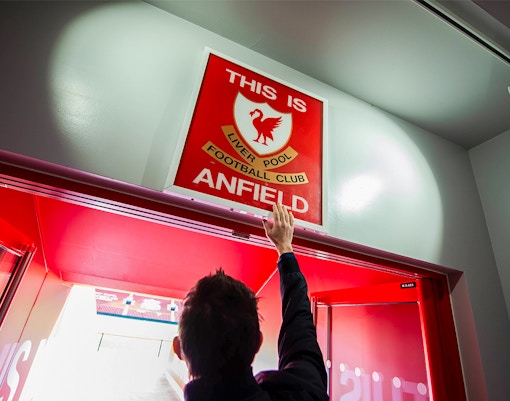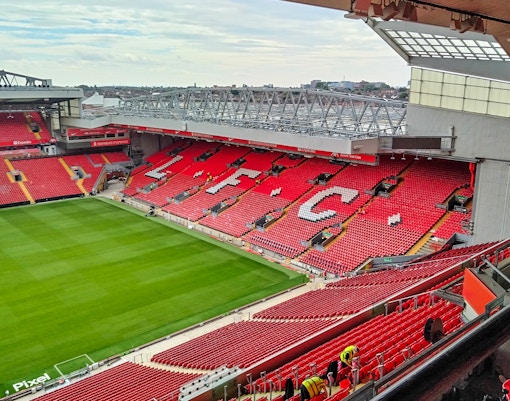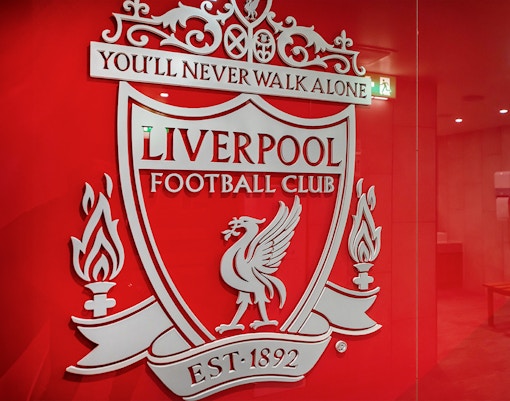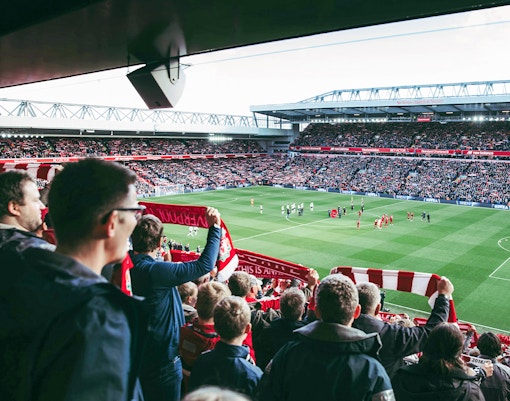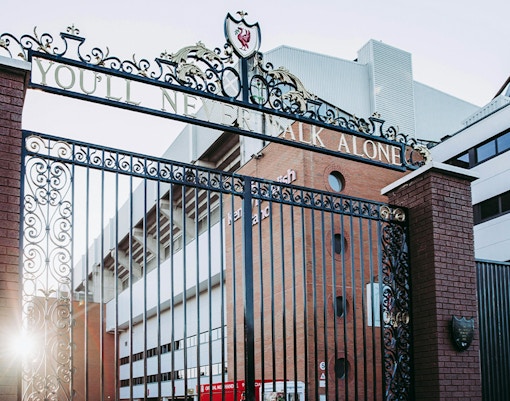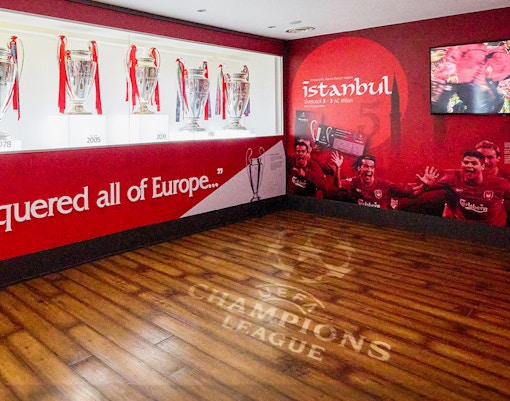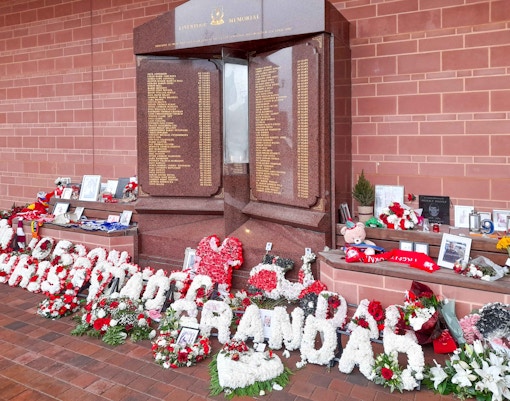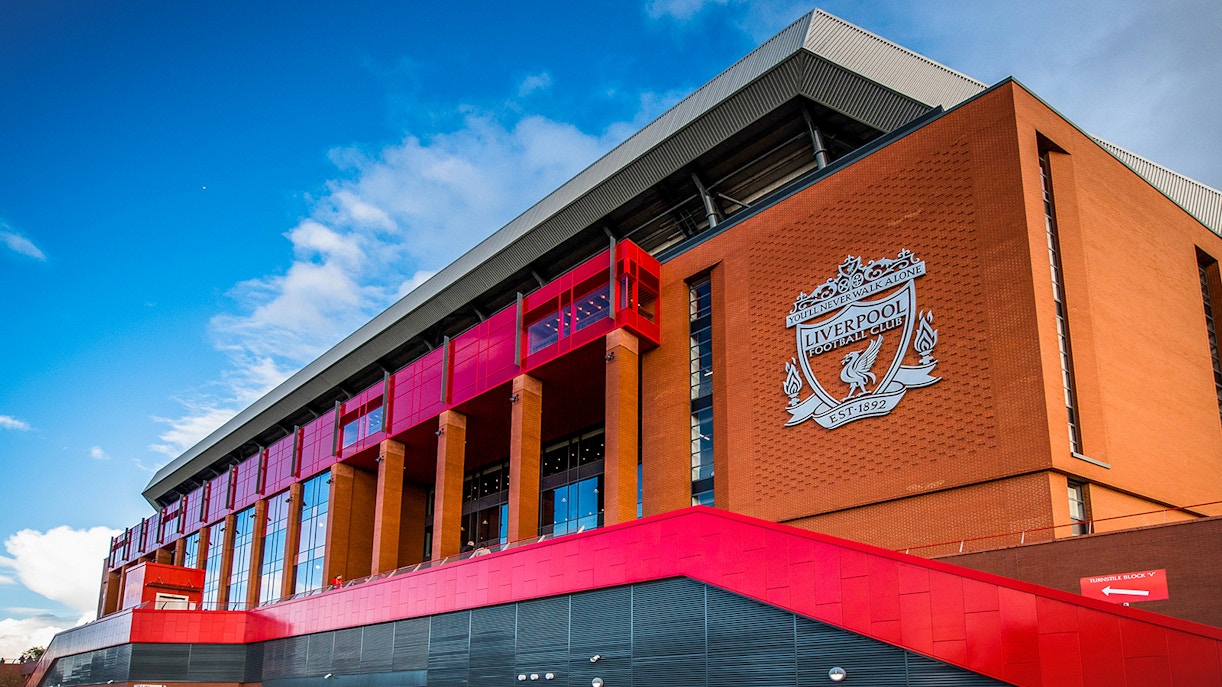Anfield's story began in 1884 as the home of Everton FC. Situated on land owned by John Orrell, it hosted its first match in September 1884 and even an international one in 1889. However, a land dispute led to Everton's departure in 1892. John Houlding founded a new club: Liverpool FC, making Anfield their home.

